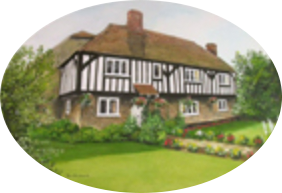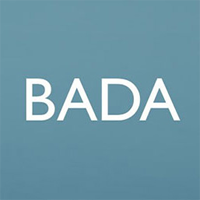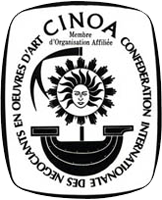Unrecorded Sentry Box Vesta Case - 'Prince Albert’s Own’ 11th Hussars Regiment


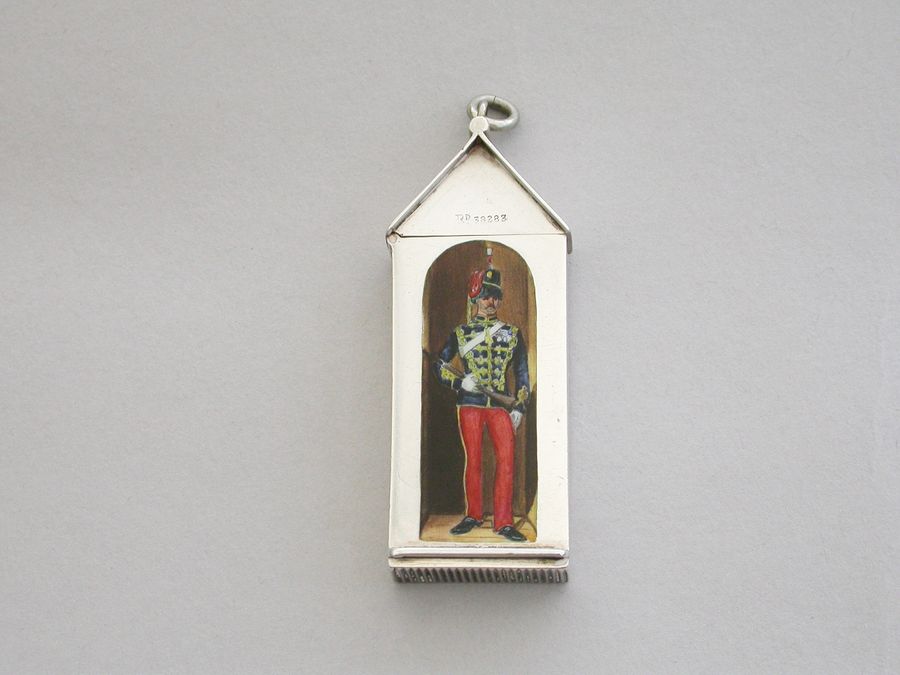

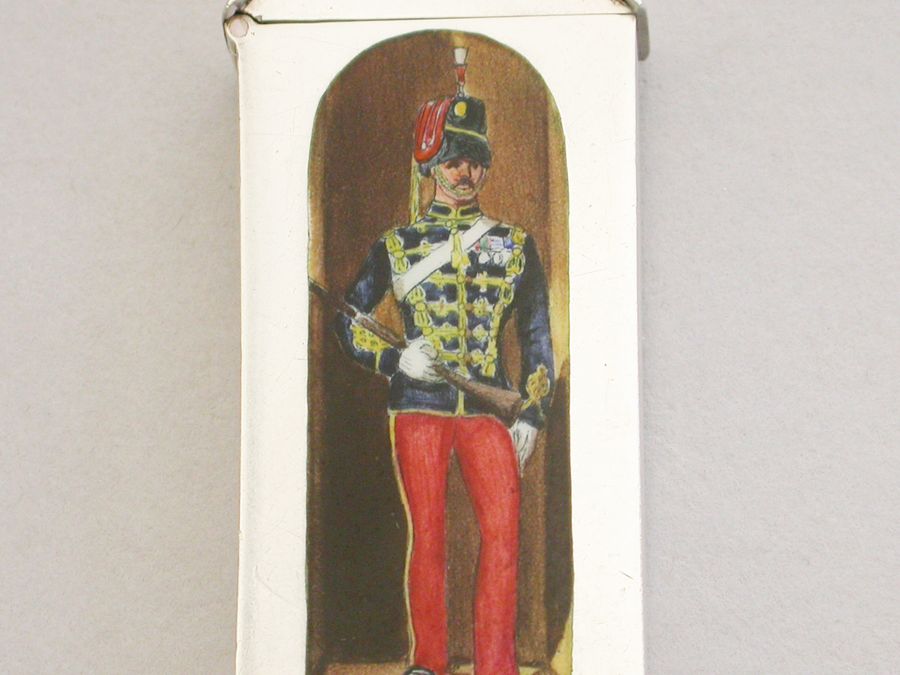

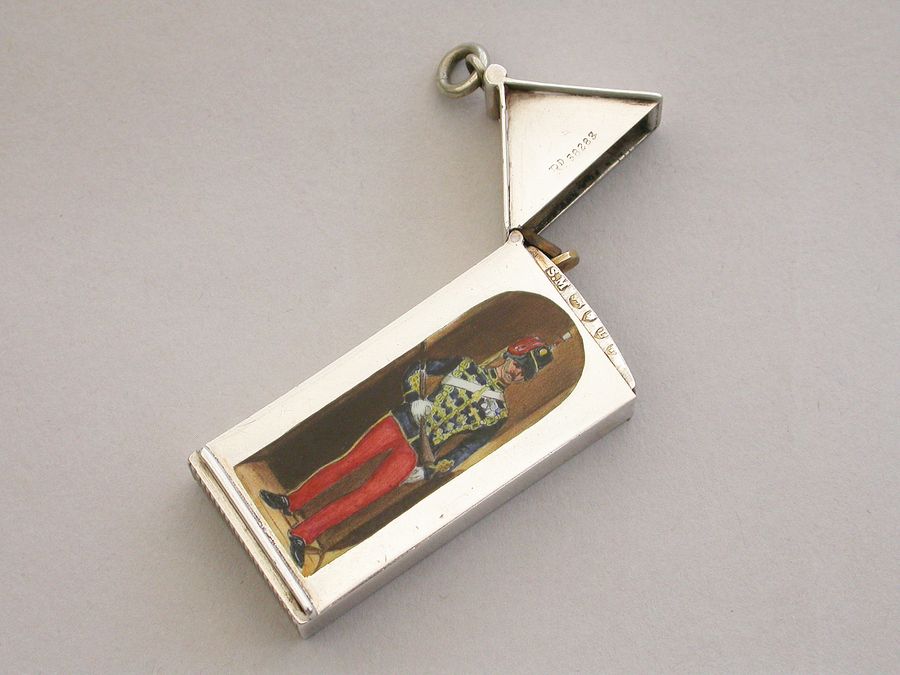
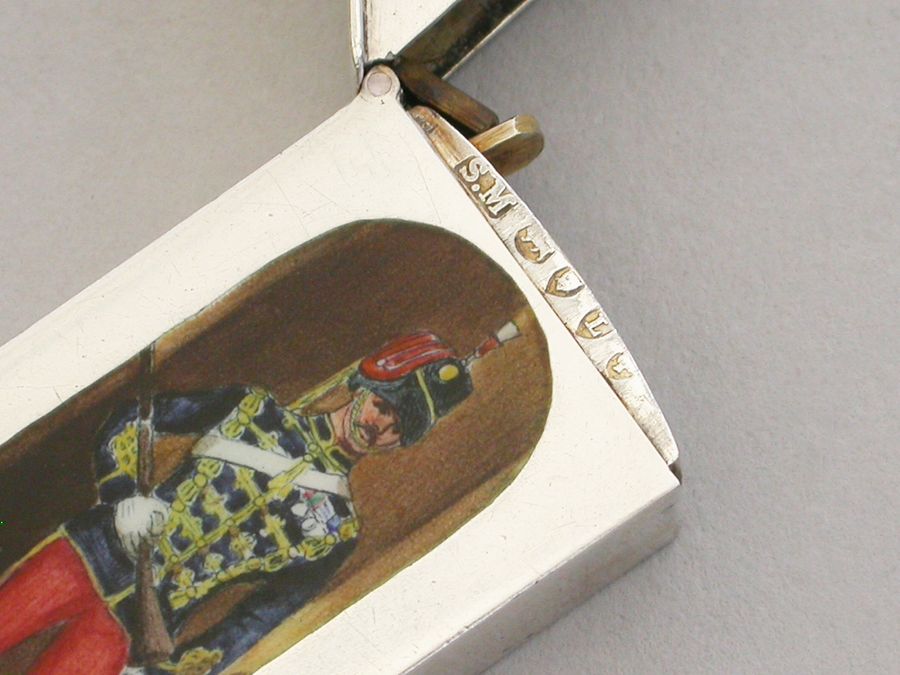
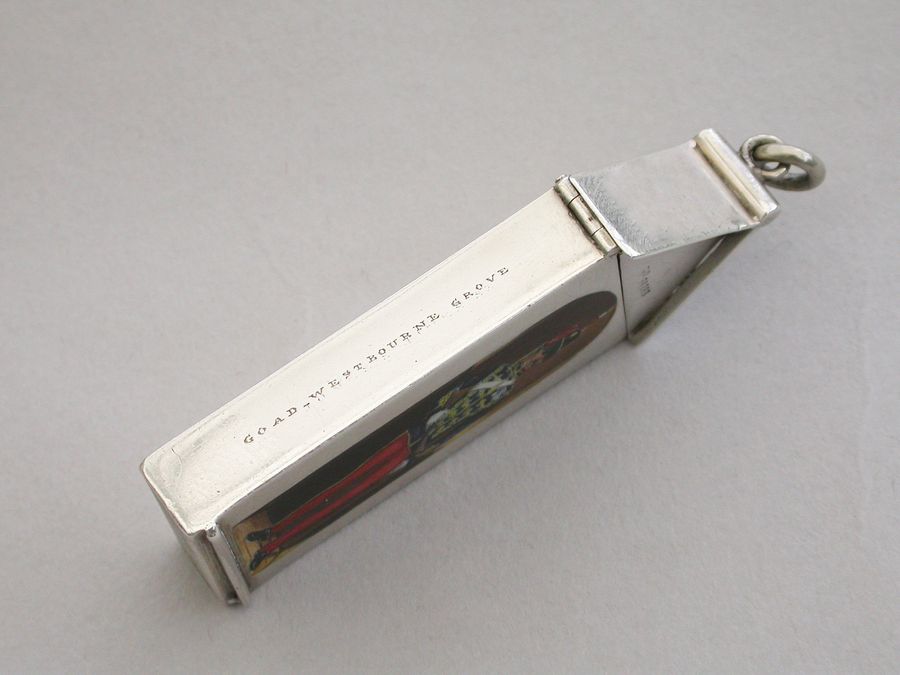
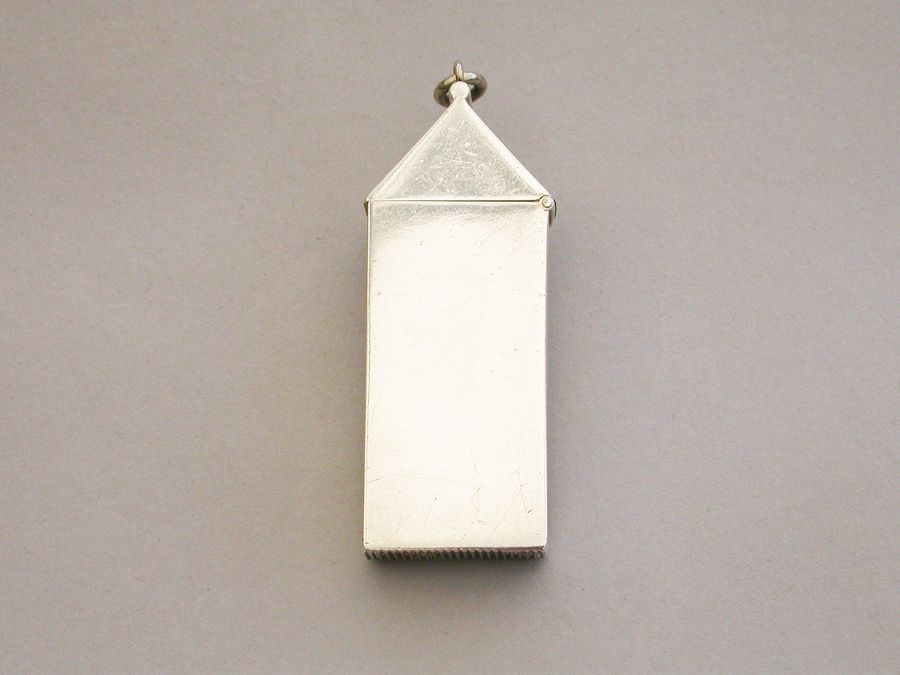
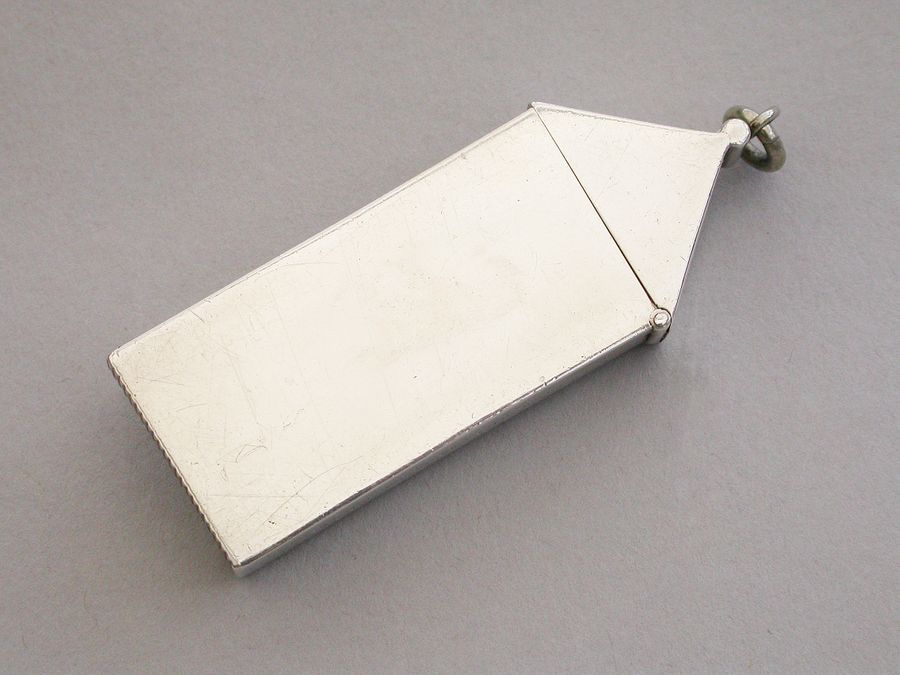
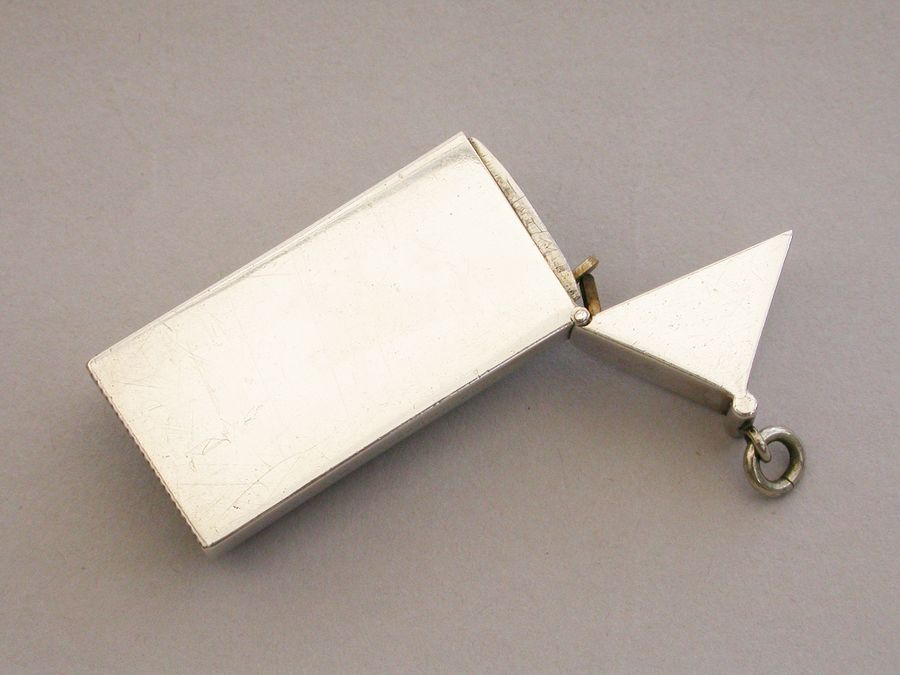
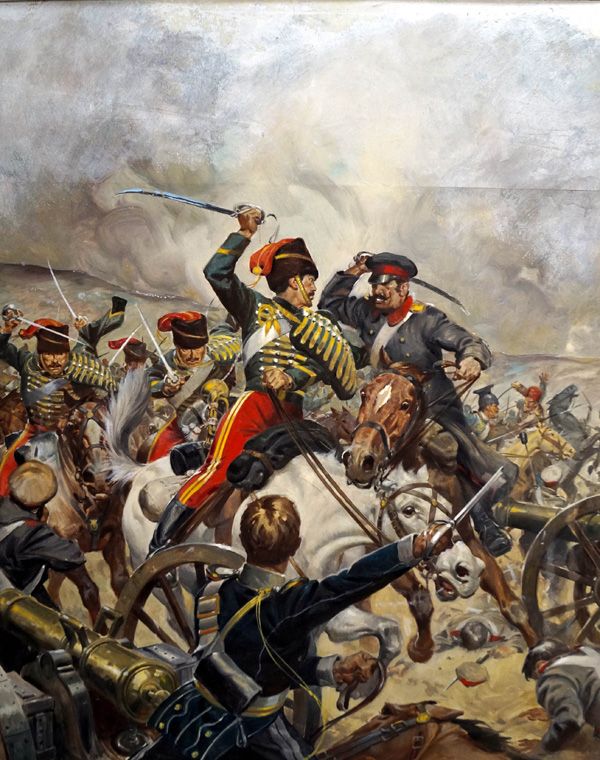
A fine and rare Victorian silver and enamel Vesta Case of Sentry Box form, the hinged peaked lid with attached suspension ring, the face enamelled with a trooper from the ‘Prince Albert’s Own’ 11th Hussars Regiment. The cover stamped with the Registration Number 38283. The side of the case stamped – Goad, Westbourne Grove.
By Sampson Mordan, London 1886. Marked on lid and body.
The only recorded example depicting this Regiment.
This is one from a series of silver and enamel Vesta Cases depicting ‘Soldiers of the Queen’ produced by Mordan around the time of Queen Victoria’s Golden Jubilee in 1887. It was originally thought that the Sentry Box Vesta was limited to a series of perhaps 10 or 12 different examples made specifically for the Jubilee. Around 30 different Regiments have now been recorded.
Perhaps the most famous 11th Hussar was James Brudenell, 7th Earl of Cardigan, who commanded and led the infamous Charge of the Light Brigade at the Battle of Balaklava, during the Crimean War (1854-1856). Lord Cardigan's "Cherry Bums" were paraded proudly around Horse Guards parade in London before departing for the Crimea. The Times saw their colourful costumes differently, arguing that the shortness of their jackets and the tightness of their cherry-coloured pants made them ""ill equipped for war."" It turned out the costumes worn were the least of their worries.
The Crimean War was entering its second year when British and French forces prepared to besiege Sevastopol. Ahead of the siege, the British forces under Lord Raglan moved into Balaclava. Ragland had insufficient troops to defend his flank, a weakness exploited by the Russians. The British line was held by the Scottish 93rd Highland Regiment – what was to become known as “the thin red line”.
However, a misinterpreted order from Raglan led British cavalry to charge into the North Valley and into the path of Russian shell fire. Half of Lord Cardigan’s men of the 17th Lancers and 13th Light Dragoons were dead before the guns were reached. They were supported by the 11th Hussars and others, but the ‘heavy brigade’ had been withdrawn when Lord Lucan realised the charge was doomed.
Although Cardigan bravely galloped many yards in front of his men and was the first among the Russian guns, during the subsequent melée he turned back, giving no further orders and left his men among the enemy without direction. After some fighting, the remnants of the force returned along the 'Valley of Death' (as described in Albert Lord Tennyson's famous poem - The Charge of the Light Brigade), under continued fire.
Some 670 men were involved in the charge, of which 110 were killed, 129 wounded and 32 wounded and taken prisoner; 375 horses were killed.
Reserved - £6,950.00
